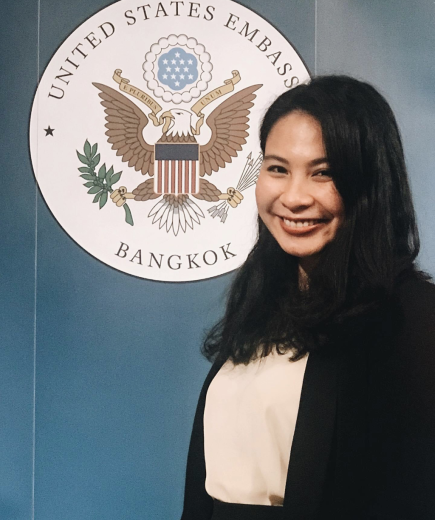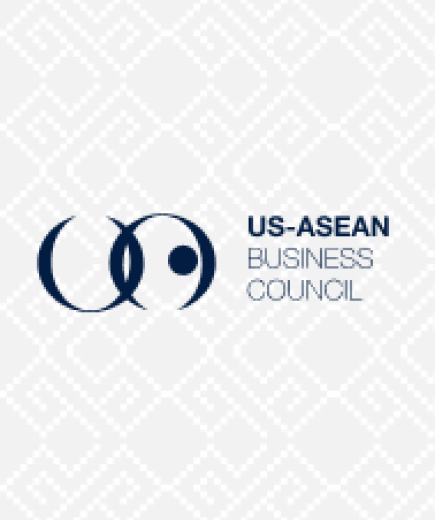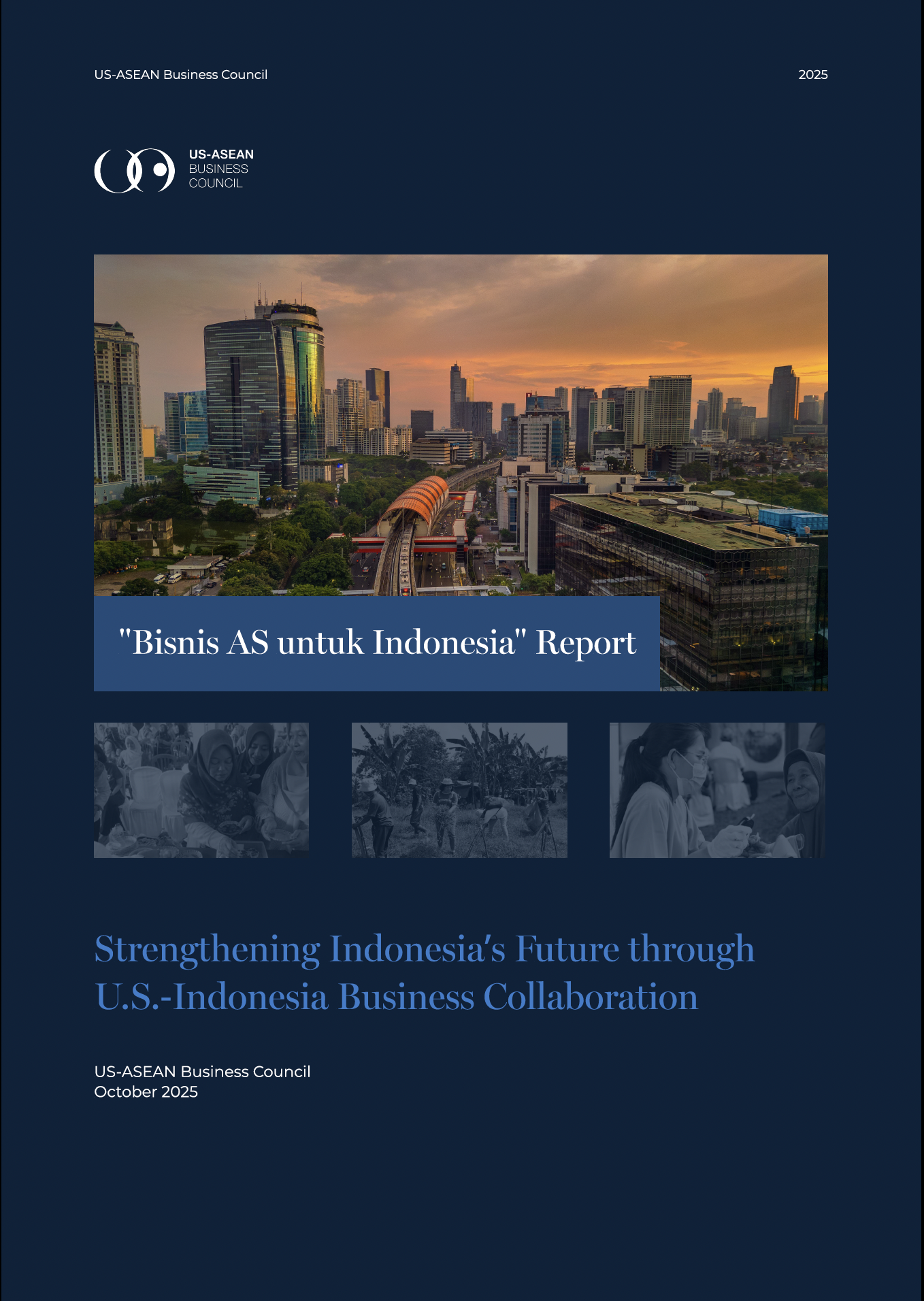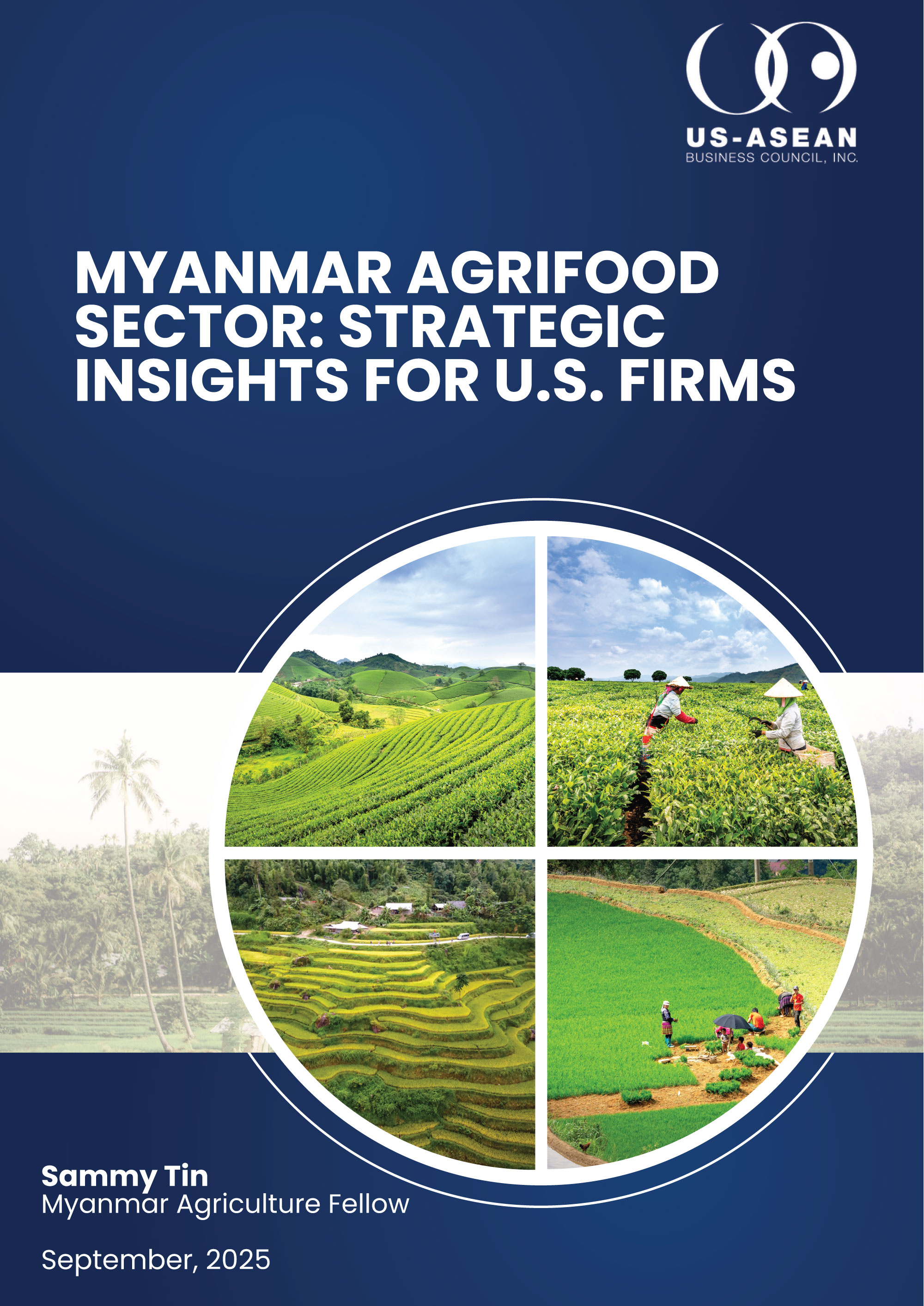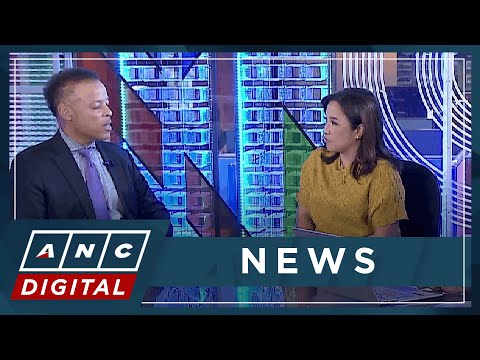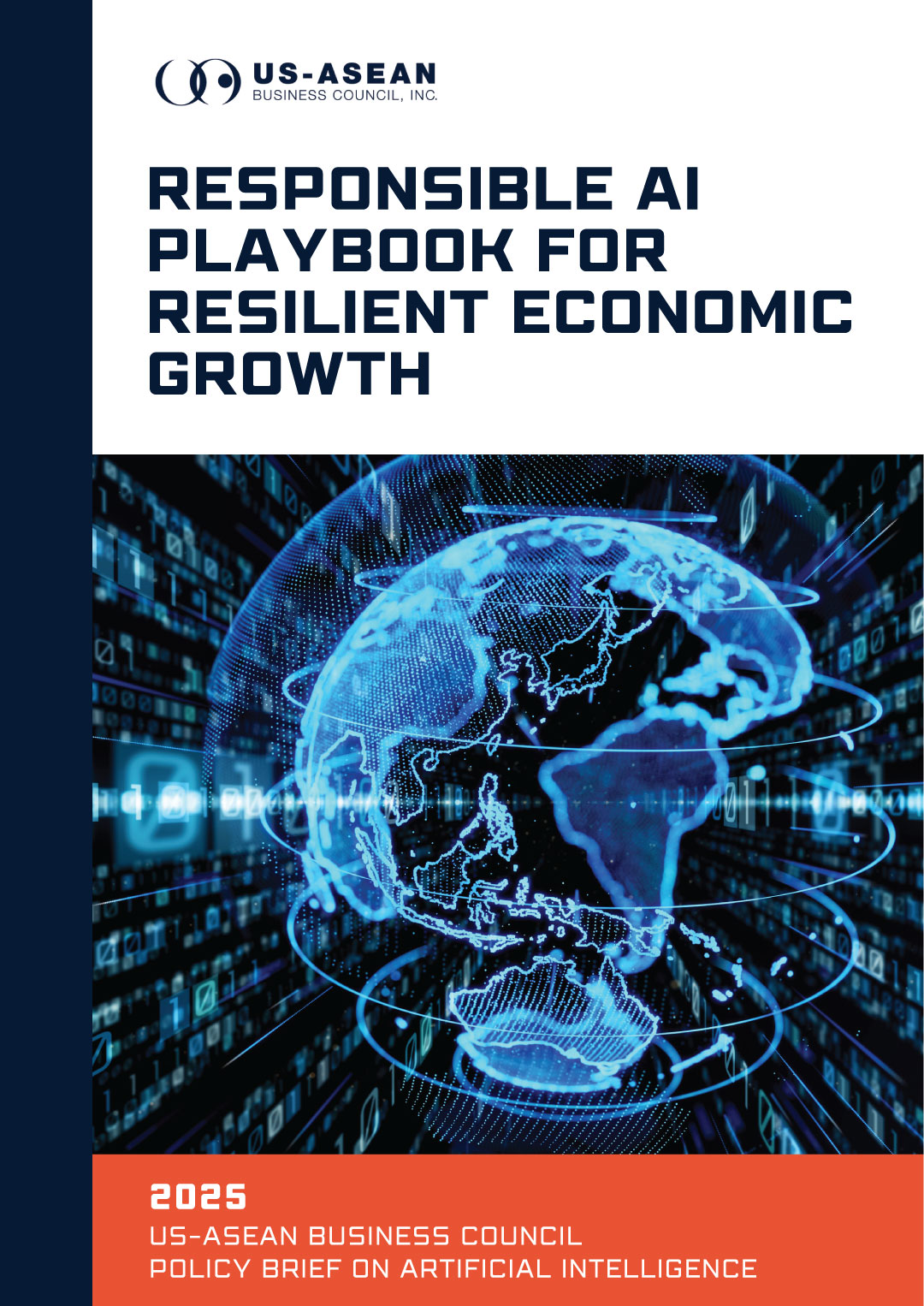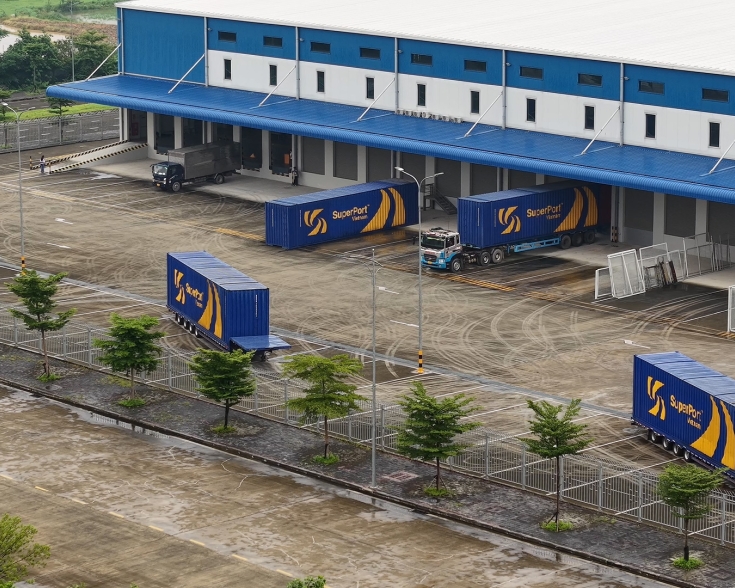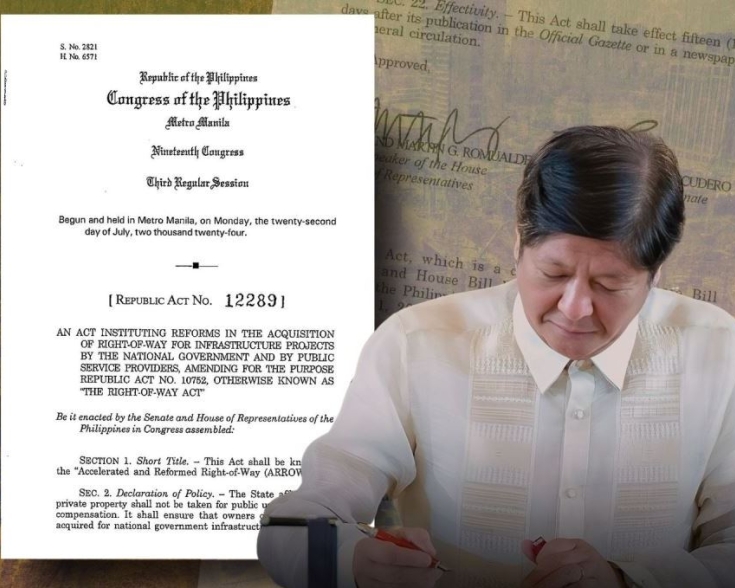Laos Ministries Undergo Significant Restructuring
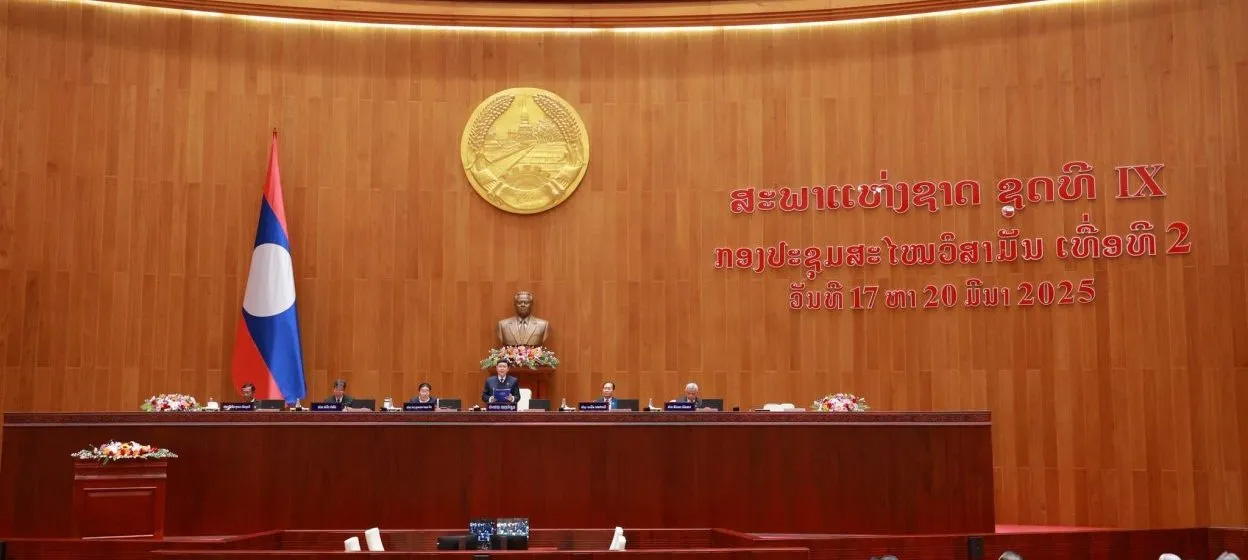
The Central Committee of the Lao People’s Revolutionary Party has announced a significant reorganization of the country’s ministerial structure in an effort to cut costs, improve efficiency, streamline bureaucracy, and align governance with current political and economic priorities. As part of the reform, the number of ministries will be reduced from 17 to 13. The changes come at the close of the current Party leadership’s five-year term, ahead of expected leadership transitions in 2026.
A key part of the restructuring involves the merger of six ministries into three. The Ministry of Planning and Investment has been combined with the Ministry of Finance, retaining the name “Ministry of Finance.” The Ministry of Energy and Mines has been merged into the Ministry of Industry and Commerce, which also keeps its name. In the third merger, the Ministry of Natural Resources and Environment has joined with the Ministry of Agriculture and Forestry to form the new “Ministry of Agriculture and Environment.”
In addition, the Ministry of Home Affairs has been dissolved. Its personnel management responsibilities have been transferred to the Party Central Committee’s Personnel and Organization Committee, while other functions, such as mapping and religious affairs, have been reassigned to the Prime Minister’s Office and related ministries. As a result, the total number of ministries has been reduced by four.
Media and communications functions previously under the Ministry of Information, Culture, and Tourism have been moved to the Party’s Propaganda and Training Board. The ministry has been renamed the “Ministry of Culture and Tourism,” reflecting a narrower focus. Separately, three ministerial-level bodies, the Prime Minister’s Office, the State Inspection Authority, and the Bank of the Lao PDR remain unchanged.
While the reforms have received significant national attention, implementation details remain unclear. Many civil servants have reported learning of the restructuring through unofficial channels, including social media and internal rumors. With no formal instructions issued, uncertainty prevails around future roles, the possibility of job cuts, and how daily operations will be impacted.

